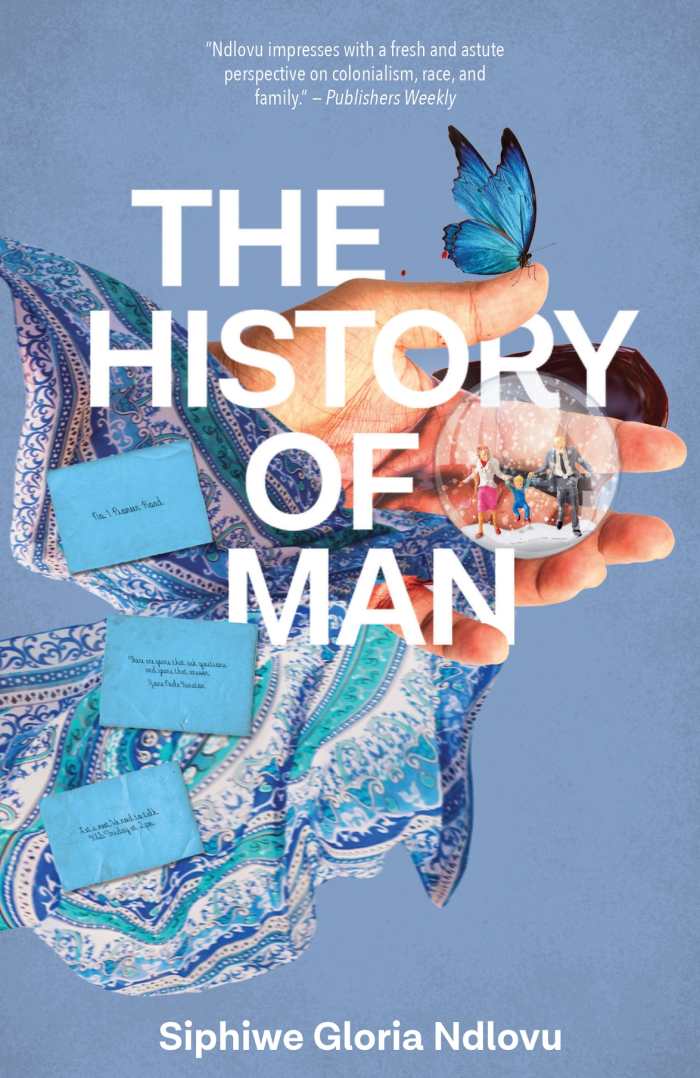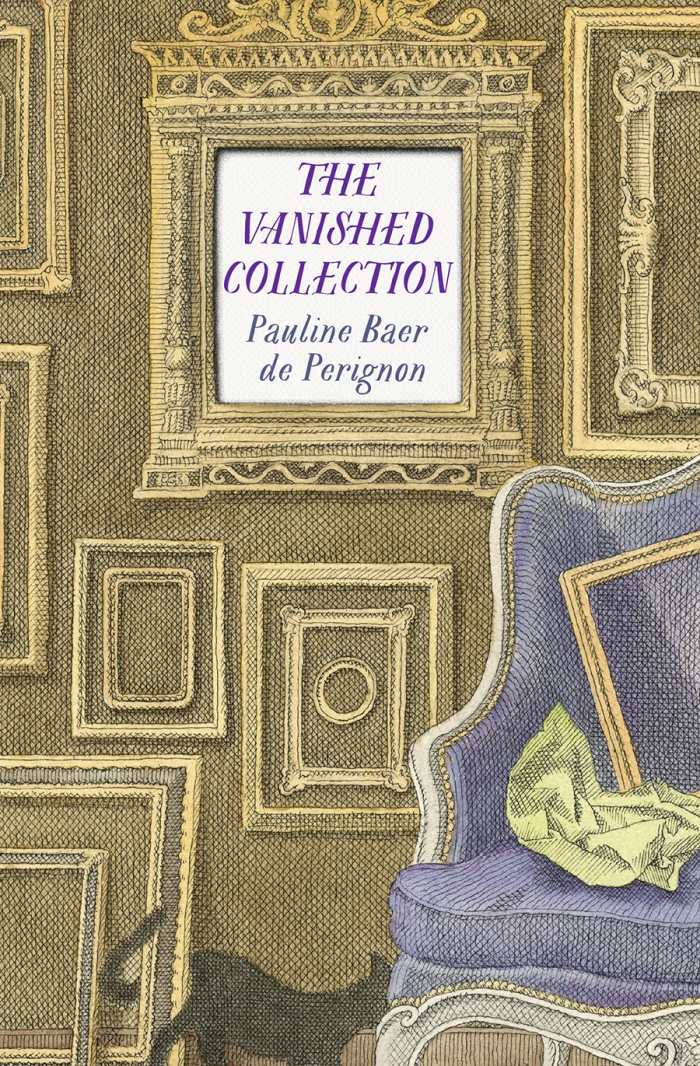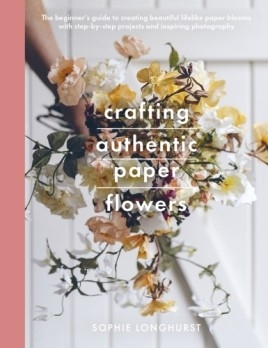Book of the Day Roundup: January 24-28, 2022
The History of Man

Siphiwe Gloria Ndlovu
Catalyst Press
Softcover $17.95 (320pp)
978-1-946395-56-6
Buy: Local Bookstore (Bookshop)
A man learns, too late, the price of colonial ambition in Siphiwe Gloria Ndlovu’s novel The History of Man.
From a young age, Emil was encouraged to become “a man of history,” a man who could further the aspirations of empire and make southern Africa a model of Western efficiency. He adopts a paternalistic worldview, doing everything in his power to help “uncivilized” Africans rise to the level of Europeans. Just as his dreams start to come true, they are wrenched out of his control by events that he could, and should, have seen coming. But while the situation may have been unavoidable, his horrifying response to it is his own doing—and his undoing.
Emil is so inspired by tales of colonial heroism and the notion of himself as a grand hero that he remains immune to all attempts to help or better himself. He instead becomes shackled by a rigid form of masculinity: repressed emotions lead to violent outbursts and prolonged silences that destroy his relationships. All the while, he treads what he believes to be a moderate and reasonable path, dismissing the people and viewpoints that could save him.
Emil’s limited perspective dooms him to repeat the mistakes of the past—both his country’s and his own family’s. Though never aware of the full extent of his errors, he knows he has committed wrongs that can never be fixed. The narrative itself maintains a certain sympathy for what he has struggled and suffered through, but even Emil realizes that he does not necessarily deserve this kindness. It is a stinging reminder of the unfairness by which he has benefited his entire life.
With rhythmic prose and sly humor, The History of Man tells the story of one man’s inevitable failure to live up to his potential.
EILEEN GONZALEZ (December 27, 2021)
The Happy Homebody
A Field Guide to the Great Indoors

Elizabeth Gray
Blue Star Press
Hardcover $29.95 (208pp)
978-1-950968-38-1
Buy: Local Bookstore (Bookshop)
Elizabeth Gray’s The Happy Homebody embraces the at-home lifestyle, delivering tips and inspiration for others to do the same.
Staying in has been the recent reality for many people, making Gray’s field guide to enjoying being at home all the more appealing. In it, she explores different facets of the good life that can be found without leaving one’s house. These include dreaming about an ideal day, savoring small moments, embracing the spirit of play, learning new things and exploring creative hobbies, and reading and relaxing.
Prompts delve into one’s own preferences for time at home, such as reflection on activities enjoyed as a child, encouraging learning about something that sparks one’s curiosity, or imagining the home as divided into places to have different kinds of fun. These thought-starters mix with illustrations, essays, tips, recipes, and games, encouraging excitement about the comforts of home. Fun extras are included, like a window cling sun catcher, bookmarks, a downloadable morning coffee playlist, and nail art stickers; these reinforce the book’s sense of whimsy and delight.
In addition to embracing the homebody lifestyle, the book acts as a manifesto of mindfulness. It issues calls to rest and relish quiet moments spent with a good book, or in the adult equivalent of a blanket fort. It’s as much about connection to one’s self, reflection on priorities, and engaging in activities that bring one joy as it is about the location where those things happen. Its cozy hodgepodge of advice, encouragement, and reflection space complement its overall tone.
For those who love staying in, The Happy Homebody is the perfect starter kit for maximizing time inside.
SARAH WHITE (December 27, 2021)
The Vanished Collection

Pauline Baer de Perignon
Natasha Lehrer, translator
New Vessel Press
Softcover $17.95 (256pp)
978-1-939931-98-6
Buy: Local Bookstore (Bookshop)
Pauline Baer de Perignon’s memoir concerns a years-long pursuit of the truth about her grandfather’s disappeared art and antiques collections––and about her own hushed heritage.
De Perignon grew up knowing very little about her great-grandfather, Jules Strauss, beyond the fact that he was a venerated Parisian collector. A chance encounter with a distant cousin raised a striking possibility: that Jules, who died midway through the war, had been one of many Jewish collectors whose possessions were stolen by the Nazis.
De Perignon had been seeking a source of inspiration, and she found it in Jules’s tale—but she also realized how little she knew about her family’s history. Indeed, it had not occurred to her that her great-grandfather was even Jewish, let alone that he had endured so much. With the assistance of other researchers, museum curators, and even a Nobel Prize-winning author, she began piecing together the facts of her family’s collection—and its ignominious dissolution.
The book’s research accounts are fascinating—a true treasure hunt through history, involving stumbling, learning on the ground, and sudden fortuitous reveals. But the bonds that De Perignon forms along the way are as heartening, including with family members whom she previously had little contact with, or with whom she had avoided the subject of the war, let alone spoliation. “Ancestral love,” she says, “has the strange and marvelous power of uniting people who have little else in common.” Her eventual requests that two tracked items be returned (one was located in the Louvre, to which Jules had donated a bevy of antique frames; another was found in a German museum) make for riveting reading.
As it sifts through “a jumble of beautiful things, of gilt and dust,” The Vanished Collection arrives at a sense of delayed justice—but also at invaluable family reconnections.
MICHELLE ANNE SCHINGLER (December 27, 2021)
Mountain Runaways

Pam Withers
Dundurn Press
Softcover $12.99 (280pp)
978-1-4597-4831-6
Buy: Local Bookstore (Bookshop)
In Pam Withers’s exciting adventure novel Mountain Runaways, three siblings have their worlds turned upside down.
Jon, Korka, and Aron’s parents run a wilderness training school, so they know how to survive in the wild. Still, they never thought they’d have to do so alone. When their parents are killed in an avalanche, the siblings decide to hide in the mountains until Jon turns eighteen and can become their legal guardian. All alone, they learn that surviving the elements is one matter; surviving the heartbreak, guilt, and bickering that accompanies a major loss is quite another.
The thoughts of each sibling are emphasized in turn. Each has a different skill set. Aron, in particular, has an intuition about the natural world. Details about their survival techniques are abundant and illuminating. Still, though Jon’s dedication to his siblings is admirable, his dislike and distrust of the police officer who offers to take the children in borders on petty, particularly when measured against the danger they face in running away. Jon’s reasoning—that it may be hard to retrieve Aron (whom the officer thinks needs professional help) from the facility he is planning to put him in—is only brushed upon.
The narrative balances scenes of action, as of the siblings stealing moose meat from a hungry pack of wolves, with quieter moments of introspection. The siblings grieve in different ways, with fiery Korka lashing out at Jon’s commands, and quiet Aron withdrawing into himself. Jon often feels inadequate when caring for his siblings, but he never gives up.
Three orphaned siblings work to remain together in the touching young adult novel Mountain Runaways, despite the hardships and heartaches they face.
VIVIAN TURNBULL (December 27, 2021)
Crafting Authentic Paper Flowers

Sophie Longhurst
White Owl
Softcover $22.95 (144pp)
978-1-5267-8466-7
Buy: Local Bookstore (Bookshop)
In Crafting Authentic Paper Flowers, florist and gardener Sophie Longhurst advises new crafters on the tools and techniques needed to produce paper flowers that look like they came from nature, but that will never wilt. Using crepe paper, paint, ink, glue, and other basic supplies, she produces intricate floral arrangements that could be mistaken for having been freshly picked.
Some of the designs are simple, as with those for rowan berries, which are made from clay rather than paper, and the hydrangea paniculata “limelight,” with delicate green, cream, and pink flowers. More complex creations include larkspur “annual delphinium,” with long stalks that feature delicate, pale flowers and feathery green foliage, and Alcalthaea suffrutescens “parkalee,” which Longhurst describes as a cross between a mallow and a hollyhock, with semi-double ruffled flowers and purple-tinged stamens.
While creating these florals is a lengthy process, the crafter’s patience will be well rewarded with the end results, which mimic nature as closely as is possible with paper. Templates at the back of the book make cutting the natural shapes easier, while the step-by-step instructions, with illustrations of some of the steps for each stem, are sure to build confidence.
The results are gorgeous and look absolutely authentic. While those new to crafting paper flowers might not produce blossoms as pretty as those illustrated, Longhurst notes that she is completely self-taught, which is encouraging. The gorgeous photographs of finished flowers, arrangements, and other uses for florals are sure to inspire new artists to try them.
Paper flower making is a slow, contemplative process that requires the crafter to consider what a flower really looks like in nature in order to replicate it. The aim is beauty and realism, not perfection. Crafting Authentic Paper Flowers is a beautiful, inspirational, and aspirational guide to making paper flowers that look like they came right out of the garden.
SARAH WHITE (December 27, 2021)
Barbara Hodge
